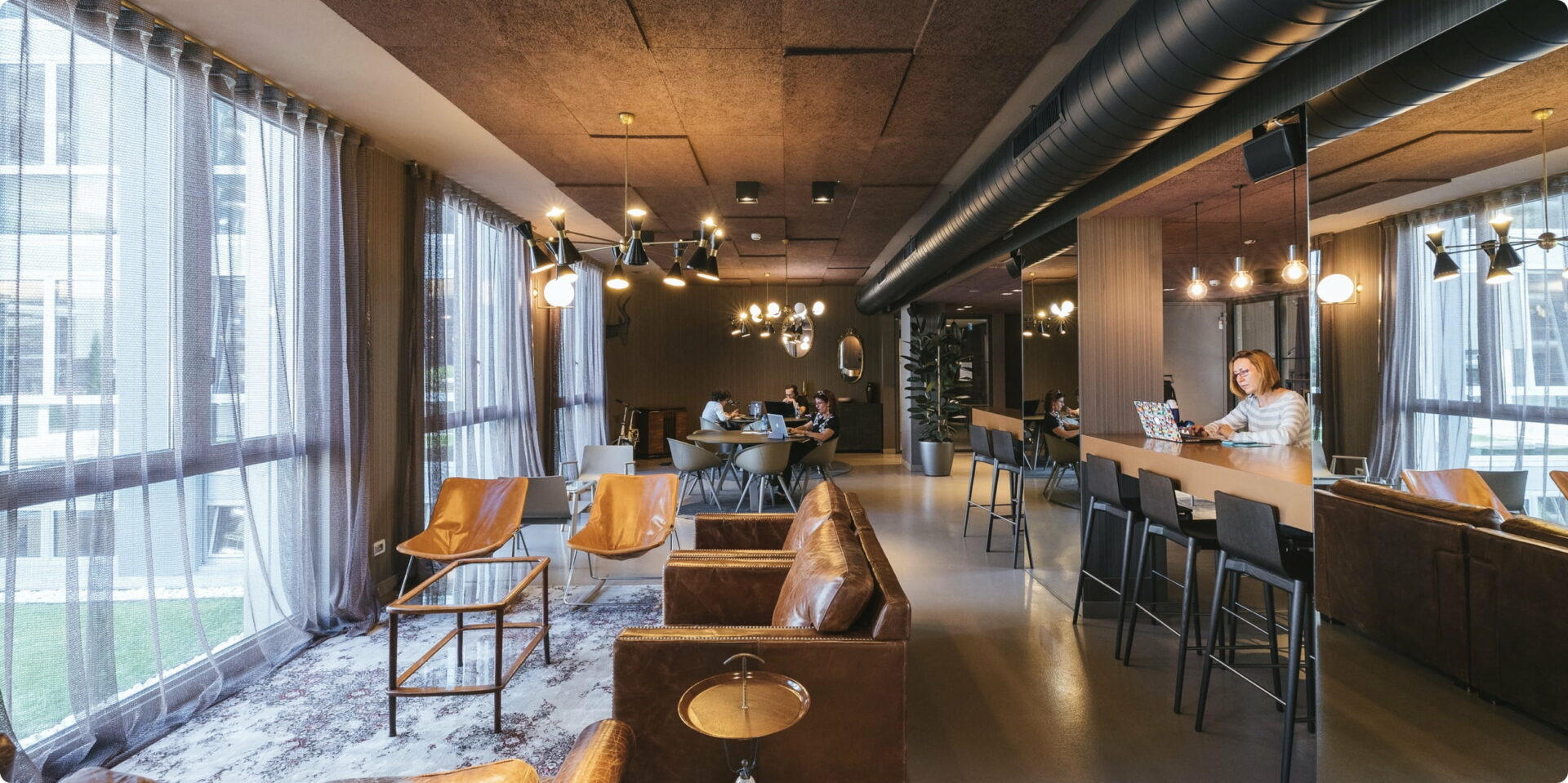One of the challenges faced by many employers over the past 16 months has been how to bring new staff onboard in a remote working environment. Some organisations were quick to adapt the more comprehensive support structures that remote hiring needs to succeed, but others are still struggling to make the transition from in-person to virtual hiring.
Employers have also felt peeved about having to “pander” to the demands of remote hiring on top of everything else, but there is a sound commercial reason why they should, says Colm O’Cuinneain, general manager for EMEA with US recruitment tech company Greenhouse Software.
“The onboarding experience can make or break an employee’s decision to stay at a company,” he says. “In fact, 69 per cent of employees will stay longer than three years if their onboarding experience is good, while one in five will leave within 45 days if it’s bad.”
This difference in retention rates can be costly for an employer. According to the Human Capital Benchmarking Report from the Society of Human Resource Management in the US, it takes $4,129 and an average of 42 days to fill a vacant position. Glassdoor puts the figure at $4,000 and 52 days.
“Studies have found that 90 per cent of new hires make the decision to stay within the first six months,” O’Cuinneain adds. “Companies that take a structured approach to all aspects of hiring will create a more consistent and equitable interviewing experience, and once an employer becomes known for handling the recruitment and onboarding processes well, this becomes an added attraction for potential candidates.”
O’Cuinneain spent 11 years with Oracle before joining LinkedIn in a senior sales role in 2018. He left LinkedIn last year to set up Greenhouse’s EMEA HQ in Ireland and the company now employs 49 people here with 20 more jobs to come before the end of the year. The Greenhouse hiring platform works for companies of all sizes and some of its Irish customers include Stripe, Intercom, Poppulo and Webdoctor.
Lasts longer
Greenhouse was set up by Daniel Chait and Jon Strossin 2012 and has more than 5,000 customers worldwide. This global reach provides it with large amounts of data that can be pooled to identify patterns and trends within the recruitment sector. One trend of growing importance, according to O’Cuinneain, is having an onboarding process that starts well before a new recruit joins a business, goes beyond the logistical and administrative necessities and lasts longer than a few days of initial hand holding. Or as Greenhouse founder Daniel Chait puts it, poor onboarding is the enemy of good hiring. “The usual 10-minute intro call, swag bag and first-day team lunch are just not enough to make your new employee feel welcome.” Tips to ensure candidates feel part of the team and are productive from day one include early sharing of company manuals, pre-empting FAQs and creating cohorts of new hires from different parts of the business who can bond and support each other. Onboarding should be about how a candidate becomes part of the community as an employee.
“While many companies have found a way to interview and select candidates in a fully remote environment, fewer have spent time and resources on aligning the ‘preboarding’ and onboarding process for the new hybrid world of work,” Chait adds. “Many employers still rely on old ways of welcoming new hires, despite our totally changed work environment. Onboarding should be about how a candidate becomes part of the community as an employee. It should be how they learn the real culture and philosophy of the company. Coronavirus has made this whole process that much harder. It used to be that a new hire could sit near their teammates or designated buddy and learn a lot of the unwritten stuff by osmosis. That’s logistically harder when teams work remotely. Given how many organisations have said they’re not returning to the pre-2020 office arrangement in favour of remaining remote, this onboarding challenge is here to stay.”
O’Cuinneain says putting time into developing a good onboarding experience is worth the effort because organisations that manage it well are rewarded with higher rates of successful assimilation into company culture and higher levels of productivity and engagement. Successful onboarding can also be a powerful weapon in the fight for talent. “We are seeing more roles opening up and while there has been a 45 per cent increase in jobs across Europe in the past seven months, the average number of job applicants per role is shrinking – down 7 per cent over the past 7 month and down 29 per cent over the last 12 months.”
Big shift
Closer to home, O’Cuinneain has noticed a big shift in employer attitude towards remote working. “In Q1 2020, roughly 2 per cent of jobs here had a remote working element. By November, that was at 8.5 per cent and all the evidence suggests that’s continuing to rise. At Greenhouse we have hired employees living in Galway, Limerick and Cork and we have a HR opening that will be based in Dublin, but the person will be managing a global team – before Covid, this would have been a US role. The wider acceptance of remote working is opening up opportunities that people might have ruled out previously because of location. Remote working is fast becoming a must-have on job descriptions and companies should see it as an opportunity to hire from a much broader talent pool.”










